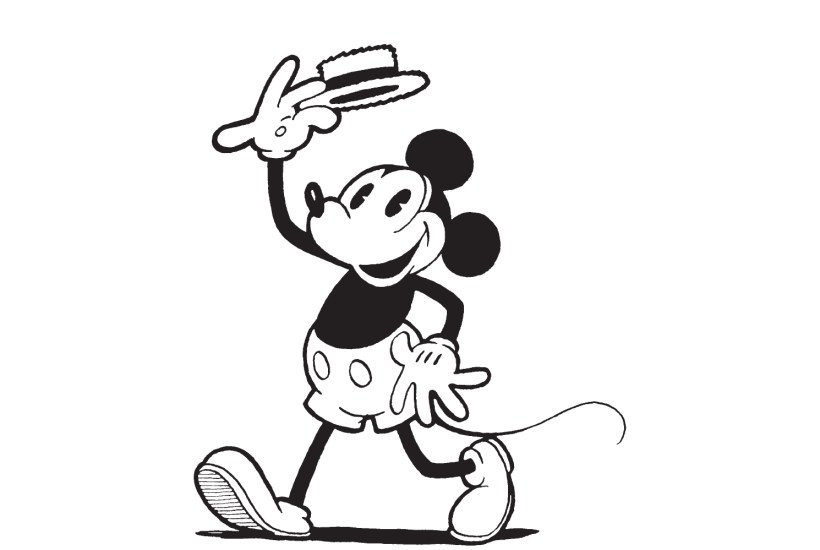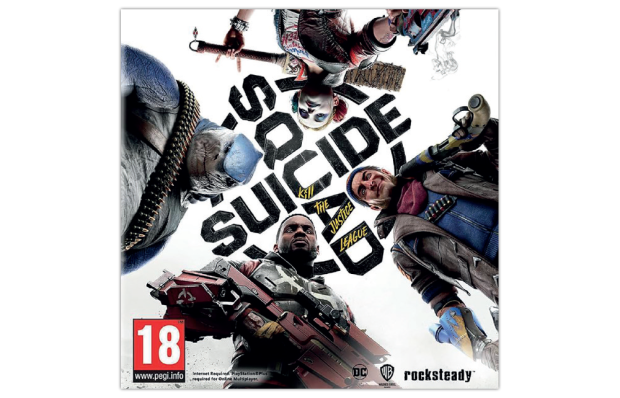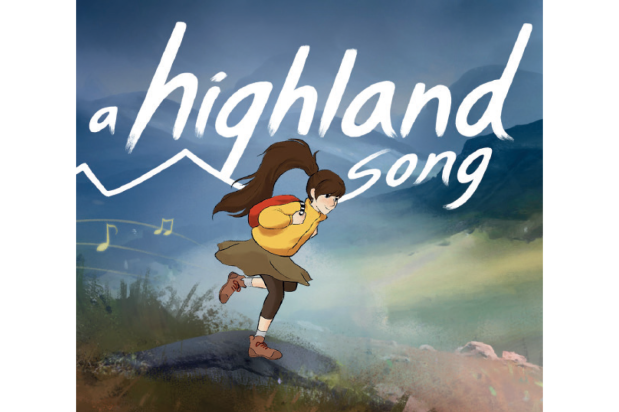This month marks the 100th anniversary of Walt Disney’s company. The first cartoons it was founded to produce – the animation/live-action shorts Alice Comedies – are largely forgotten, eclipsed not least by the resounding success of Mickey Mouse. Mickey Mouse grabbed much of the attention from the get-go, including that of several philosophers, sociologists and critical theorists, who perceived in him an emblem of the best and worst of the modern age.
Also celebrating its 100th anniversary this year is the founding text of western Marxism, Georg Lukacs’s History and Class Consciousness. A generation of disaffected, bourgeois intellectuals, adherents of what came to be known as the Frankfurt School (100 this year as well), absorbed Lukacs’s thesis about capitalism’s stranglehold on the world: how capitalism had captured the very essence of people, expunged any possibility of autonomous action and expelled all divine transcendence. The critical theorists alighted on Mickey Mouse, copyrighted in October 1928, as an emblematic poster boy of what they called reification, or how capitalism turned people into objects.
The Mickey Mouse who would soon become a trademark recognisable worldwide was, in the early years, more a feral, scrappy creature, with none of the later familiar wide eyes and curvy lines. This rat-like irritant on occasion abused and imperilled his equally earthy wife, Minnie, and set about working – or struggling – with the machine forms of the age: steamboats in Steamboat Willie, planes in Plane Crazy (both 1928). Brutal interpersonal relations – the result of work practices and economic rationality – and an alienating subjection to technology and its inhuman rhythms: these were the negative aspects of capitalism, as Lukacs taught, and for the critical theorists these aspects found graphic form in Disney animation.
The German cultural theorist Walter Benjamin read History and Class Consciousness in June 1924, and began to seek out the manifestations of modern culture that articulated what it was like to live in an alienated world. He found Disney, and specifically Mickey Mouse, and he wrote some notes called ‘On Mickey Mouse’, in 1931, after a conversation with composer Kurt Weill and banker Gustav Glück. Disney cartoons, he argued, reveal the thriving structure of capitalism, where profit is a theft not only of what the worker produces, but also their time and the labouring capacity of their bodies. The cartoons make clear that even our limbs do not belong to us, which must instead serve the power structures within the cartoon: we chop bits off in exchange for money or give parts up in war. ‘[In Mickey Mouse] it is possible for the first time to have one’s own arm, even one’s own body, stolen.’ What fascinates Benjamin is how these animations articulate what we are required to do in order to survive or to live our bare lives.
But Benjamin insists that for all its shock-filled realism of degraded experience, this cheerful, ‘earth-encircling’ Mickey Mouse is also the embodiment of the utopian aspirations of a technology-ravaged yet technology-dependant populace. Technology might magically comply with human need and desire: church spires might bend for passing aeroplanes, bodies might stretch and flex effortlessly in all directions and repair themselves. And, moreover, there is capitalist critique coiled up in each cartoon cel. Mickey Mouse’s beastliness sets up an alternative to the ‘civilised’ values of the bourgeoisie; establishes the possibility of a new set of values, or none, which might at least propose something different.
Playfulness provides room for social manoeuvring. In short, Benjamin argues that the ‘huge popularity’ of Disney cartoons is because ‘the public recognises its own life in them’. The unreal and fantastic form of the Disney cartoon is the most accurate realism, if to be real is to match a kind of spirit of the age and not its surface look or its unquestioned assumptions.
Disney cartoons were pegged in this analysis as less adventures and escapades in the realm of the impossible and more as an evocation of the rhythms and tensions of modern reality. Outlined is our world, in all its brutality and unpredictability, lampooned on the screen, and we are asked to laugh at it. Critical-theory duo Adorno and Horkheimer took a critical view of this in the 1940s, perceiving in Disney instead a sinister ‘training’ in the ways of the capitalist world. Donald Duck takes a beating, so the audience learns to take its own and applaud it. The gag is masochistic: it lies in the pummelling, the slip-up, the pratfall, the humiliation. Donald Duck’s crime is simply to be irascible. But what drove Adorno and Horkheimer’s ire even more was the portrayal of nature in Disney animation. In the cartoon universe, ugliness is written on the bodies of the bad people, but reserved for nature is a peachy pink beauty and a jolly voluble articulacy, with expressive clouds, talking ponies and dancing hippos. The celluloid strip is a production line of enchanting distraction, turning the magic force of the real world into something banal and kitschly commercial. The spell of commodification had led to enchantment becoming a malign and profitable bewitching.
By contrast, Soviet filmmaker and theorist Sergei Eisenstein adored Disney and held with it on account of its kaleidoscopic metamorphoses. For him, Disney infiltrated the ‘most secret strands of human thought, images, ideas, feelings’ in cartoons that were a daydream revolt against spiritual stagnation and greyness, against the rigidities of the capitalist world, and for protoplasmic extension in any and all directions. ‘I’m sometimes frightened when I watch his films,’ Eisenstein admitted. ‘Frightened because of some absolute perfection in what he does.’ That said, Eisenstein was well aware that the rainbows that arc the screen at the close of Father Noah’s Ark (1933) or Funny Little Bunnies (1934) – colour explosions to counter ‘the grey prison cells of city streets’ – arose from a great labour force of technicians, fixers, appliers, wipers, correctors and developers.
Film critic Siegfried Kracauer weighed in on Dumbo, in the Nation, in 1941, comparing it to ‘a new model’, as if the latest film were just like a new style automobile rolling off the production line. Adorno and Horkheimer had coined the term ‘culture industry’ to describe these profitable artworks for the masses. And there’s no doubt that Disney had early perfected the art of profiting from culture, inventing the feature-length animation with Snow White and the Seven Dwarfs in 1937, which immediately hit gold with a six-fold return on investment in the first period of its release.
But Disney was much more than a profiteer for these keen analysts. His cartoons taught them about the ideology of aesthetic form. Disney films for all their fantasticalness began to adopt certain codes of naturalism. Kracauer bewailed the increasing dominance of logic in the animated world of Disney, the reassertion of real-world physics matching the assertion of real-world exploitative relations and bourgeois morality. To underline his point, he observes how poor little Dumbo ends as a highly paid star in the same circus that beat his mother. That the cartoon – a flat and cynical piece of work – was drawn by strike-breakers only confirmed its disappointing aesthetic and social conformity.
Intellectuals used Disney’s output as a testing ground for a critique of art and social structures in the 1930s and 1940s. The stances taken ranged from approving to disapproving, but all saw the cartoons as stand-ins for the wider world and so prised the cartoons open for social critique. Some emphasised how Disney confections decorated a dreary capitalist world. Others dwelled on how they modelled and masked the tensions inherent in it: its violence, inequality, sadism, brutality, division of labour and subordination of humans to technology. There might or might not be depth – or social truth – locatable in the flimsy filmy strips. They might point to a way out of capitalism through utopian visions, or prevent any push to liberation through compensatory fulfilment.
But it was the development of the theme parks, specifically Disneyland in 1955, that fuelled a new set of intellectual analyses, most notably in the 1970s, in relation to an academic field known as Utopia Studies. EPCOT and the inquiries into urbanism revealed the desires and fears of those living in cities after civil rights. Baudrillard wrote the crowning postmodern analysis of Disneyland in 1981, nailing the amusement theme park as not just a dystopia of cheesy fakeness, but also as the lie allowing a pretence: that the rest of the USA exists as something other than Disneyland, somewhere real. Disneyland lets everyone pay to play at being children, and covers up the fact that we are nothing else, all existing in a hyperreal simulation.
Cultural Studies, from then on, raised a discipline on Disney, using it as a marker of debates on the worth of popular culture, approving and disapproving of its representations or cultural appropriations – and Disney has responded with efforts to improve itself accordingly. Nowadays, philosophers publish essays that they think are cute on topics such as whether ‘Hakuna Matata’ is a problem-free philosophy or what Toy Story and Wall-E teach us about being human. Revolutionary ambition and biting critique seem somewhat stymied lately in the field of Mickey Mouse studies.
Got something to add? Join the discussion and comment below.
Get 10 issues for just $10
Subscribe to The Spectator Australia today for the next 10 magazine issues, plus full online access, for just $10.
You might disagree with half of it, but you’ll enjoy reading all of it. Try your first month for free, then just $2 a week for the remainder of your first year.














Comments
Don't miss out
Join the conversation with other Spectator Australia readers. Subscribe to leave a comment.
SUBSCRIBEAlready a subscriber? Log in